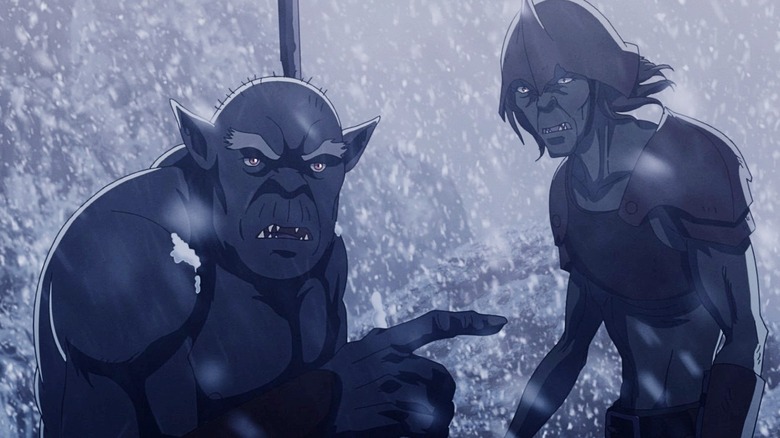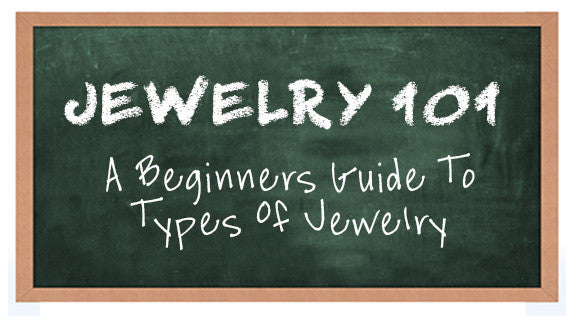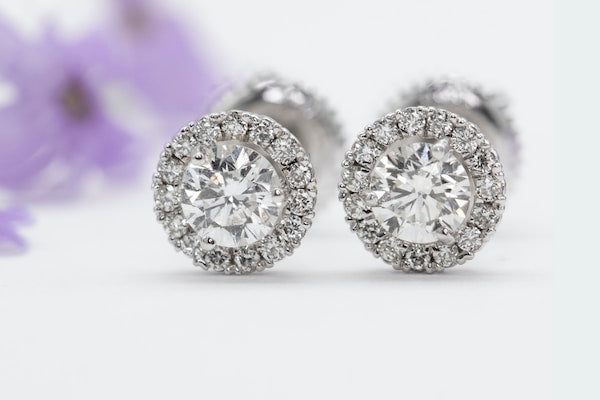Engagement rings have become an essential part of modern courtship and marriage proposals, symbolizing love, commitment, and the promise of a future together. Like many traditions, the engagement ring has an intriguing history, spanning diverse cultures and centuries. The...
Engagement rings have become an essential part of modern courtship and marriage proposals, symbolizing love, commitment, and the promise of a future together. Like many traditions, the engagement ring has an intriguing history, spanning diverse cultures and centuries.
The Ancient Origins of Engagement Rings

The custom of exchanging rings as symbols of love and commitment can be traced back as far as ancient Egypt. Archaeologists have found evidence of rings made from materials such as hemp, reeds, or bone. These early rings were simple and relatively inexpensive, and they were worn on the fourth finger of the left hand, where the Egyptians believed a "love vein" (vena amoris) connected directly to the heart.
Later, the Greeks and Romans adopted this practice and began using more durable materials like metal for their rings. In Roman times, the betrothal ring, known as the "anulus pronubus," became an essential part of marriage contracts. The simple bands featured intricate engravings of symbolic nature or daily depictions. They were worn by both men and women, indicating an agreement of marriage where the couples would share ownership of goods and properties.
With the rise of Christianity, the church tried to separate itself from the pagan tradition. The betrothal rituals evolved into distinct religious ceremonies during the medieval period. Still, the giving of the ring persisted as a prominent feature of these rites. Rings made from materials like gold and silver became more popular, demonstrating the couple's status and wealth through their adornments. View more engagement rings by exploring the diverse range of materials and styles available now.
Emergence of the Diamond Ring
The lavish rings of medieval times paved the way for the emergence of the diamond ring, an enduring symbol of wealth, luxury, and unmatched durability. In 1477, Archduke Maximilian of Austria gifted a diamond ring to Mary of Burgundy upon their engagement, setting a new standard for engagement rings. After this widely publicized event, diamond rings became increasingly popular among European nobility and aristocracy.
With the discovery of new diamond mines in South Africa during the 19th century, diamonds became more accessible to the general population. The De Beers mining company capitalized on this newfound availability, launching an aggressive advertising campaign promoting diamond rings as the ultimate symbol of love. Their marketing campaign, centered around the now-iconic slogan "A Diamond is Forever," helped ingrain the notion of diamond engagement rings into popular culture.
Throughout the 20th century and up to the present, the diamond engagement ring has become the standard for marriage proposals. From celebrities to everyday people, the diamond ring has witnessed countless styles, cuts, and designs, making each ring a unique symbol of the love story it represents.
Customization and Personalization

In recent years, there has been a significant shift towards customization and personalization in engagement rings. Couples no longer subscribe to a one-size-fits-all approach; instead, they seek to create a ring that truly reflects their individual personalities and the unique nature of their relationship.
Custom engagement rings allow couples to work directly with designers or jewelers to create a one-of-a-kind masterpiece. They may incorporate elements of their love story, initials, favorite colors, or personal designs into their ring, making it a piece that holds deep sentimental value.
Technology has also been a significant driver in the customization of engagement rings. Advances in 3D printing, computer-aided design (CAD), and other technologies have made it possible to craft intricate and unique designs that might have seemed impossible just a few years ago. As technology continues to advance, we can only expect customized engagement rings to become even more detailed and distinctive in the years to come.
Altogether, the captivating history of engagement rings is a testament to their significance in human culture and relationships over the centuries. From their ancient origins to their modern renditions, engagement rings continue to evolve, reflecting the ever-changing styles, values, and preferences of the couples who wear them.













